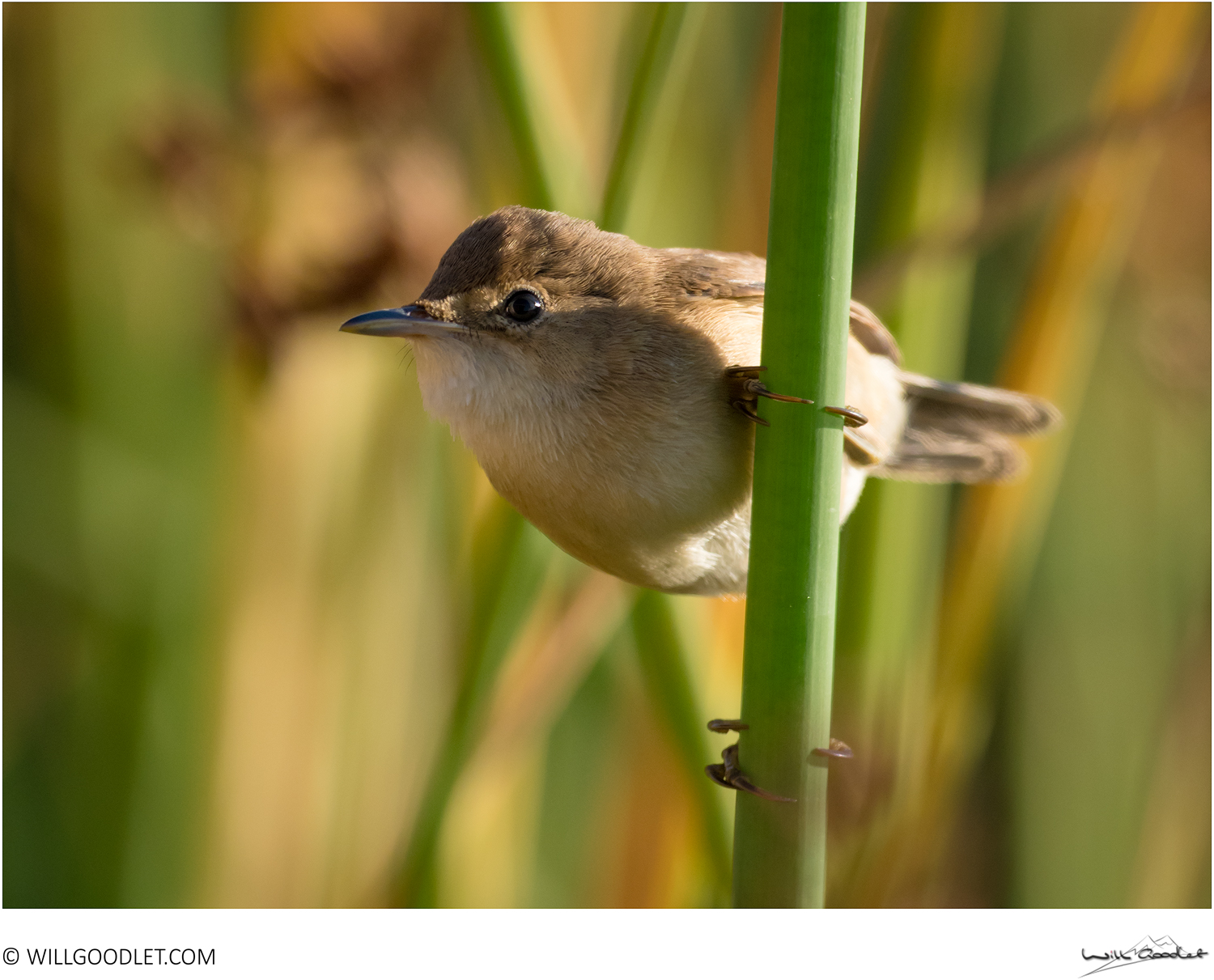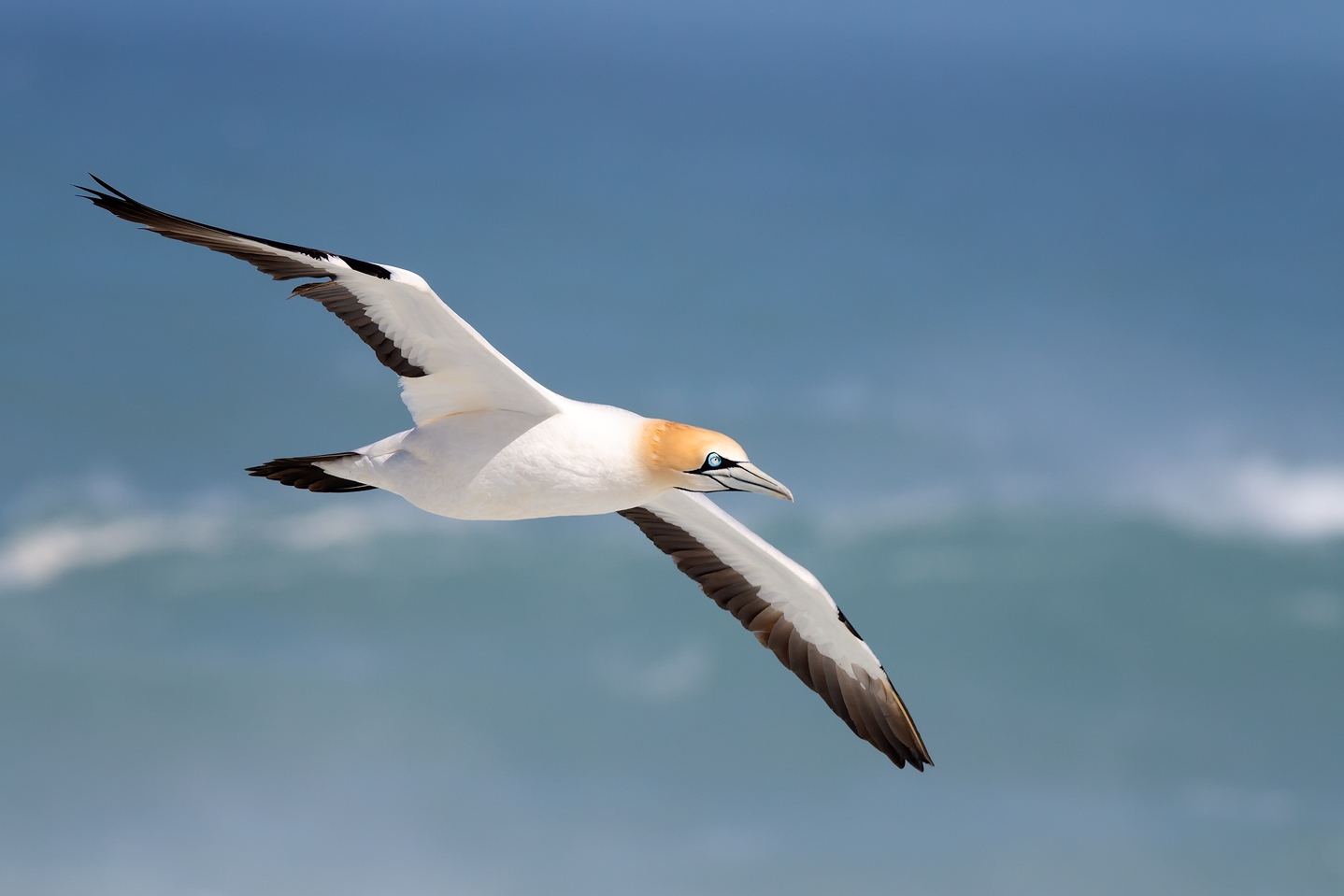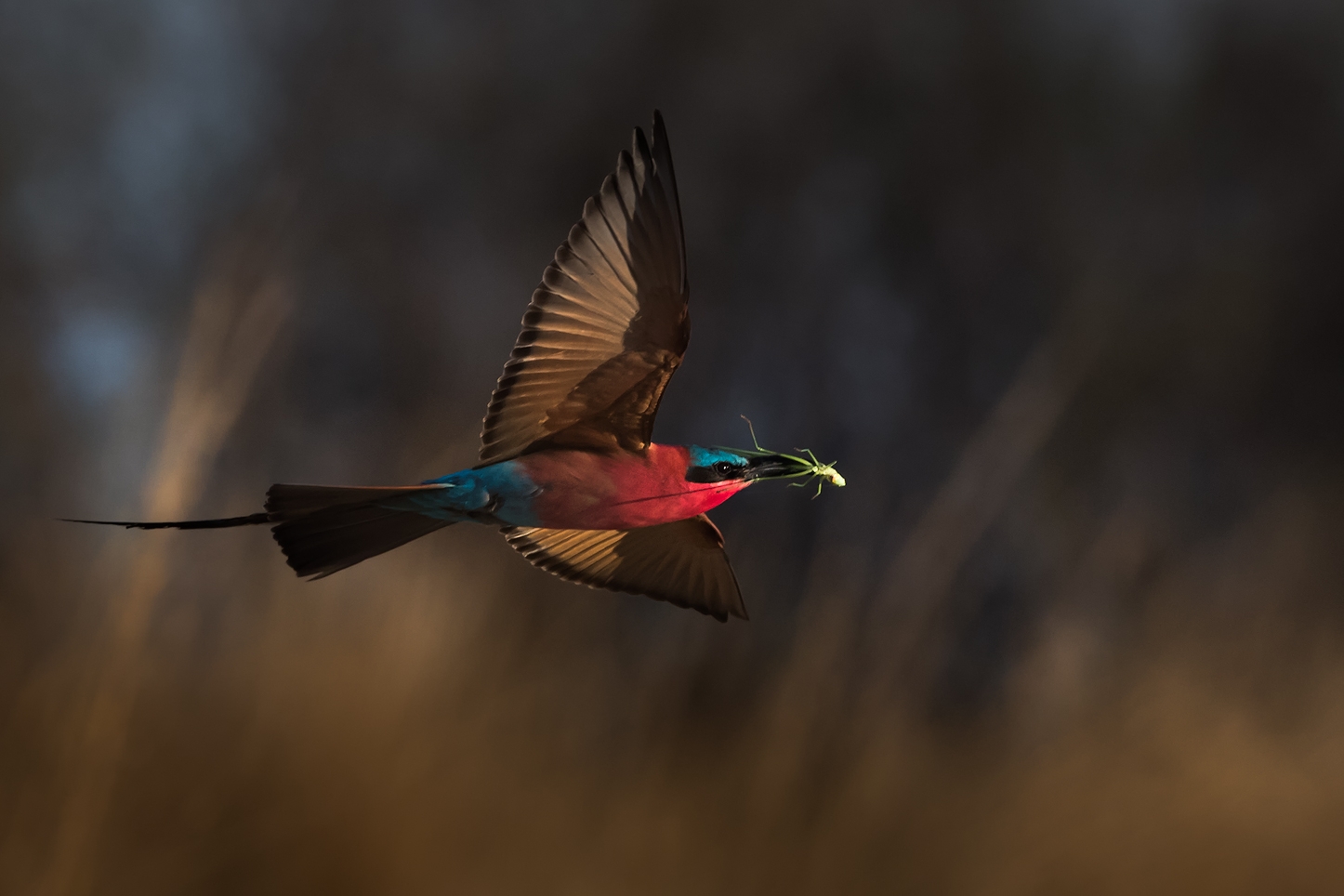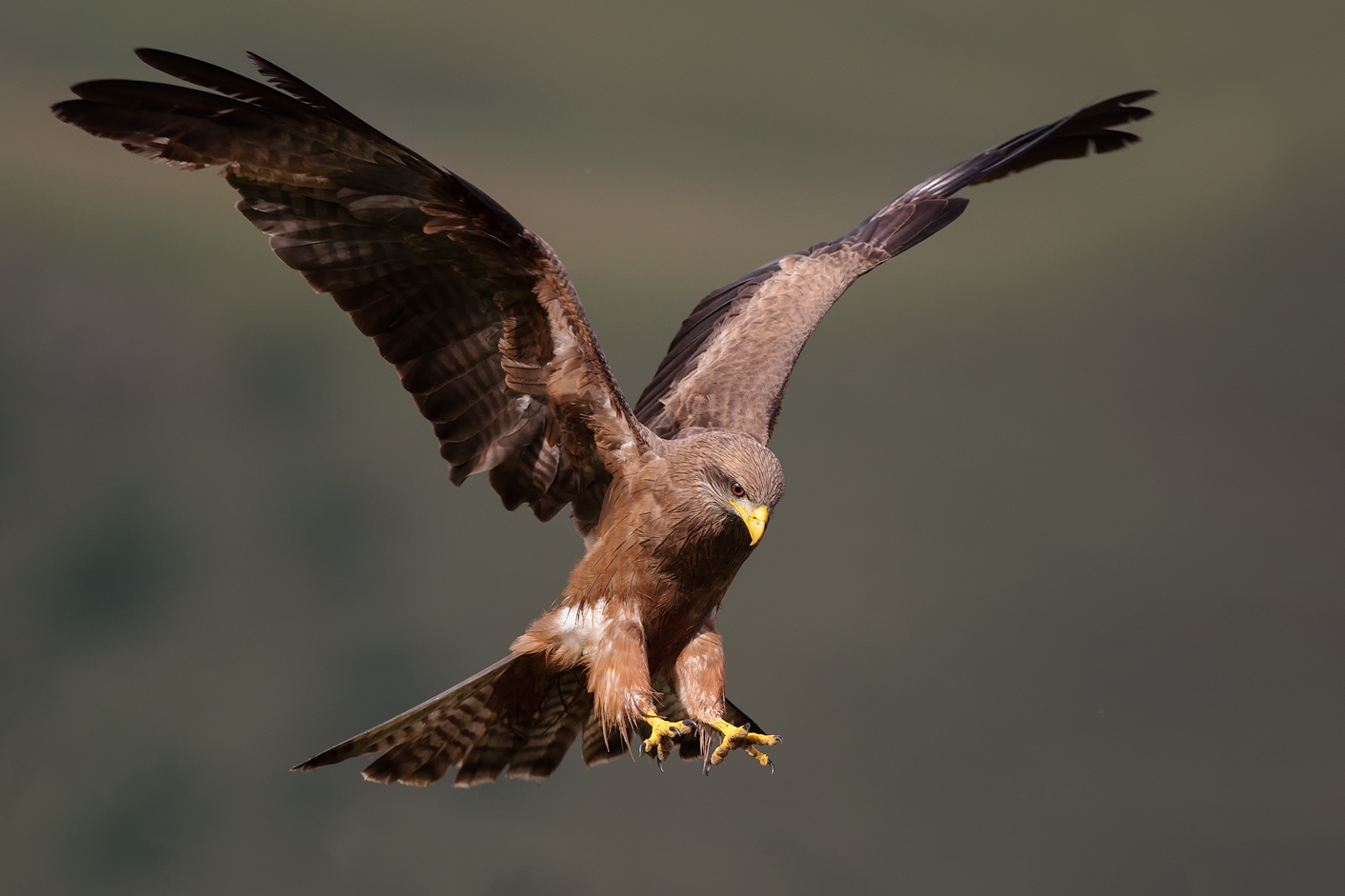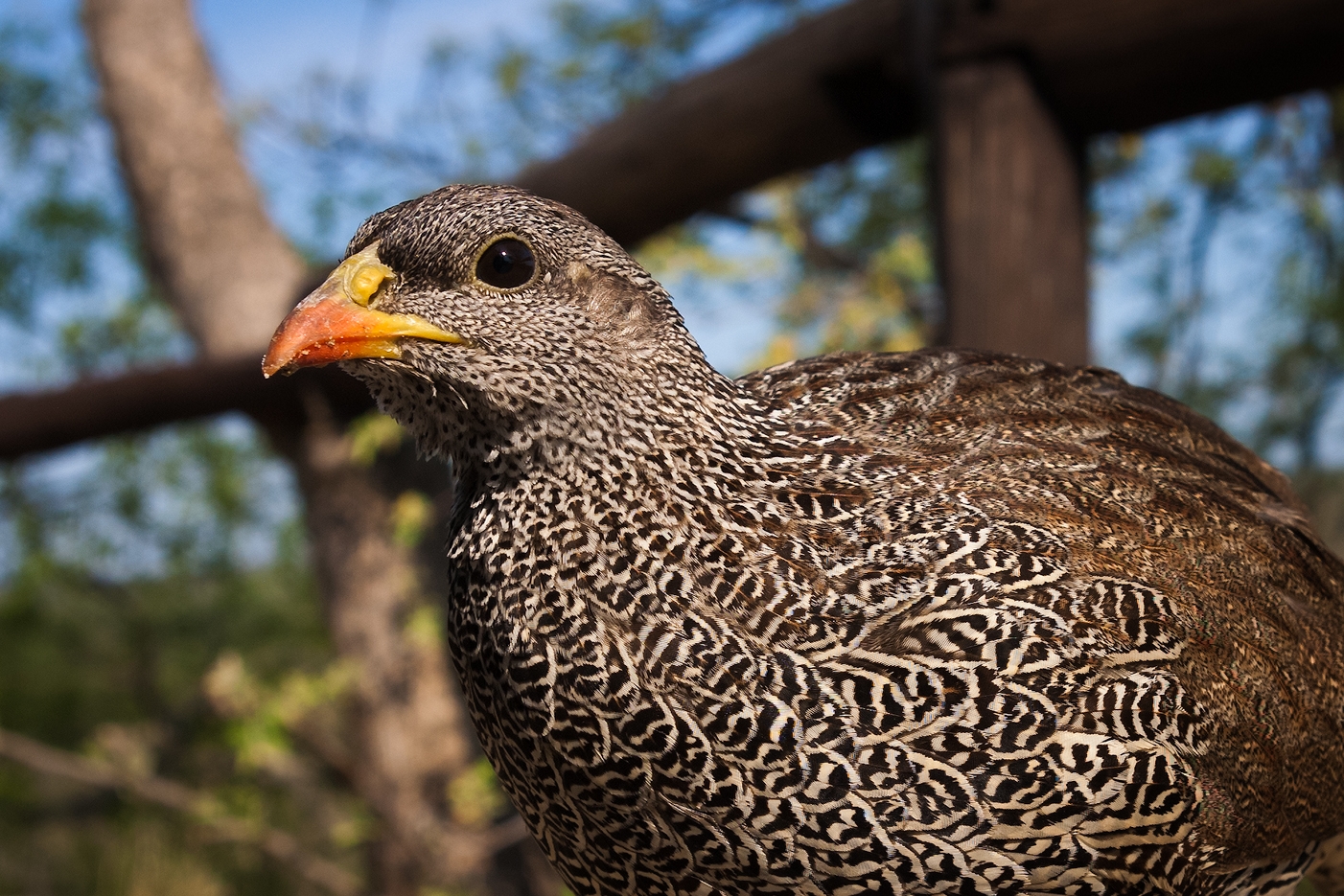Thoughts on Bird in Flight Gear for Beginners
“Let’s play a game of guess the camera...Can you tell which camera took which picture?”
So what's the right stuff to have for Birds-in-flight (BIF)? Like most things in photography, the answer is as long as a piece of string. So let's step back from the gear a little and discuss the birds. That's what we are interested in after all!
Firstly there are a whole bunch of different types of bird and these fly more or less erratically, are of varying sizes and display very distinct behaviours. So we need a varying set of gear dependent on the bird and the conditions.
For example, if we are in a hide we might get very close to a bird while if we are stalking on foot you may be further away. Or, if the bird flies erratically we may be close, but unable to follow it while a large slower flying bird may be easier to track.
All this means one thing - we have to set out knowing what it is we want to photograph. I promise, almost everyone gets this back to front, most definitely including me!!!
Which of these cameras took this image?
Canon 1D Mark IV (2009) • 70D (2013) • 7D Mark ii (2014) • 1D mark iiN (2006) • Pentax K100D (2006) • Olympus OMD EM1 Mark ii (2017)
We tend to buy the gear then look for the photograph. Be one of the few who tries to do it the other way around.
Once we've done that we can decide on gear. There are, of course, some general principles that are common:
Birds in flight move fast. This means a fast shutter speed is good. Most modern cameras can manage at least 1/4000th of a second which is good enough.
Birds have wing beats which look more attractive in certain positions. This means high frames per second are likely to give better chances to get the wing beats looking good.
Moving birds are hard for the camera to focus on, so we need a good autofocus system.
Which of these cameras took this image?
Canon 1D Mark IV (2009) • 70D (2013) • 7D Mark ii (2014) • 1D mark iiN (2006) • Pentax K100D (2006) • Olympus OMD EM1 Mark ii (2017)
If we apply these general principles to choices of gear then we are looking for a lens that focuses quickly and accurately. That's it!
The other features, like focal length and image sharpness and maximum aperture all depend on the conditions in which we shoot and approach the species.
In terms of a camera body, we are looking for a good autofocus system and higher than average frames per second. That's it!
Image quality, pixel density, crop sensor etc... is irrelevant until the shooting conditions and end use of the image are established.
Which of these cameras took this image?
Canon 1D Mark IV (2009) • 70D (2013) • 7D Mark ii (2014) • 1D mark iiN (2006) • Pentax K100D (2006) • Olympus OMD EM1 Mark ii (2017)
Shooting conditions
There is only one thing that really makes for the best possible image quality and it has absolutely nothing to do with our choice of camera or lens.
The biggest factor in quality is how close we are to the subject. The closer we get the better it will be. If we can get closer than the minimum focus distance (MFD) of our lens and the bird still fits attractively in the frame then we are doing really well and should consider using extension tubes to bring the MFD and bird closer still!
RULE NUMBER ONE - IT IS CRUCIAL TO GET CLOSE
Which of these cameras took this image?
Canon 1D Mark IV (2009) • 70D (2013) • 7D Mark ii (2014) • 1D mark iiN (2006) • Pentax K100D (2006) • Olympus OMD EM1 Mark ii (2017)
This can be achieved in a number of ways, some of which are more ethical than others. Personally, I won't employ or list some of these methods as they are potentially very damaging practices. Before using Google and some of the suggestions you may find there, please always research how the technique may affect the species you are using it on. A photo isn't worth destroying habitat or endangering a bird. Don't be satisfied with a cursory check either - some tactics are not immediately obvious as damaging. read extensively around them. PLEASE!
One other consideration in getting close should be our own personal safety. Blundering around in a South African swamp (I live in South Africa) is dangerous for several reasons. There is the obvious danger from hippo's, crocodiles, and snakes but, perhaps more worrying, are the risks we expose ourselves to from tick bite fever, bilharzia, malaria and any number of other unpleasant malady's.
We can go about getting closer in two ways, we will either stay still and let the bird come to us or we move towards the bird.
Each of these conditions describes a different set of gear. If we are in a bird hide or fixed position near an attractive resource (like a waterhole, or a pond or a feeder) we cannot approach - we may need a longer lens and possibly a pair of cameras with different focal length lenses or a zoom lens because the bird is in control of the distance, not us. We have to react to what it does.
Which of these cameras took this image?
Canon 1D Mark IV (2009) • 70D (2013) • 7D Mark ii (2014) • 1D mark iiN (2006) • Pentax K100D (2006) • Olympus OMD EM1 Mark ii (2017)
Obviously, most hides are placed near an attractive food or water source to encourage the approach of animals and birds. We could get very close indeed!
A longer lens is heavy, but we don't need to carry it when sitting in a bird hide. If the bird gets too close, we also need to be ready, either with a zoom lens or another (shorter) lens on another camera.
If we are mobile and looking for the birds, moving closer to them, we have to carry all this stuff around - so we want something with a good enough focal length that is also, light to carry, hand-holdable and versatile.
Which of these cameras took this image?
Canon 1D Mark IV (2009) • 70D (2013) • 7D Mark ii (2014) • 1D mark iiN (2006) • Pentax K100D (2006) • Olympus OMD EM1 Mark ii (2017)
So where does this leave us in terms of what gear to use?
Situation 1 - in a hide - Birds in Flight:
Good AF (this gets us the shot and gets it in focus!!)
Longer Lens 500-600mm (this helps us to photograph more distant birds when we cannot move, or smaller birds close to us)
Fast FPS (this captures nice wing positions and fast action)
Good support/head (this prevents us blurring our pics due to our own movements)
Wide Max Aperture (this allows us to use fast shutter speeds in low light - golden hours)
Situation 2 - on foot vehicle etc... - Birds in Flight
Good AF (this gets us the shot and gets it in focus!!)
Lighter/Shorter lens 300-400mm (this will allow us to move stealthily closer to our birds)
Fast FPS (this captures nice wing positions and fast action)
Support/monopod/bean bag (this prevents us blurring our pics due to our own movements)
Wide Max Aperture (this allows us to use fast shutter speeds in low light - golden hours)
With these two scenarios in mind, it should be an easy process to decide on the best gear we can afford at our given budget.
Just rate each of the camera and lens options according to your most common shooting conditions.
Don't be afraid to go for good second-hand. There are some legendary bodies and lenses knocking around for a fraction of the new price of a so-so mid-range modern camera. They will be better in every respect!
An example of a classic combination of this type is the Canon 1D mark ii N (an 8.2 megapixel pro-sports camera from 2006 - admittedly getting a bit old now, check prices on the 1D mark iv maybe) and the Canon 400mm F5.6 lens. You can pick this combination up for R 10,000 while a brand new Canon 750D and 70-300 kit lens will cost R 10,000 and will be next to useless for Bird in Flight shots because of the few autofocus points, lethargic 5 frames per second, slow-focusing, dark lens and viewfinder and limited focal length.
Which of these cameras took this image?
Canon 1D Mark IV (2009) • 70D (2013) • 7D Mark ii (2014) • 1D mark iiN (2006) • Pentax K100D (2006) • Olympus OMD EM1 Mark ii (2017)
The Megapixel myth
Megapixels are marketing bullshit. They are only useful for making bigger images, or for cropping into images where we photographed the bird from too far away in the first place.
If we obey Rule Number One (Be as close to the bird as possible) we don't need megapixels!
If we post on social media, and the web (including high-quality sites like 500px) we don't need megapixels.
If we print at normal paper sizes up to A1 and obey Rule number One, we don't need megapixels.
High megapixel cameras suffer from additional problems like lower per pixel contrast and saturation, that affect lower megapixel sensors less. The fact that megapixels are not as useful for Bird in Flight photography should be apparent by comparing the number of megapixels of the best possible current generation cameras built for this purpose.
The Canon 1Dx Mark ii - has 20.2 megapixels - Price R 85,000
The Nikon D5 - has 20.8 megapixels - Price R 130,000
The Canon 750D - has 62 megapixels (if we scale up the size of the sensor to match the two professional cameras above).
That comparison should tell us something...If megapixels were always desirable, why do the pro cameras used for bird in flight photography have so few?
Which Camera Cheat Sheet...
